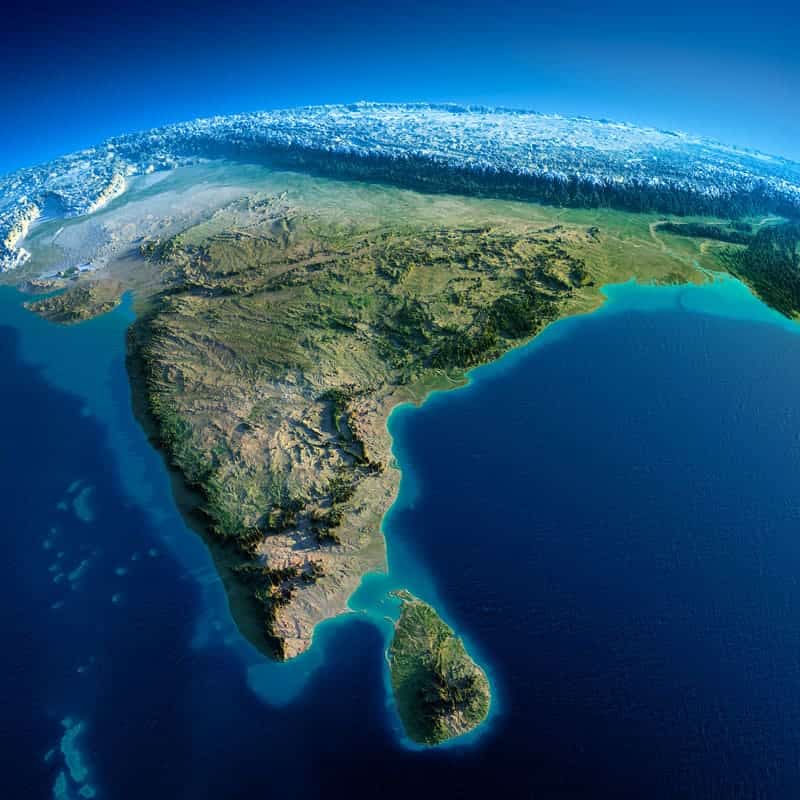Geographic Location
On the world map, Sri Lanka is among the largest islands in the northern reaches of the Indian Ocean and the biggest close to the Subcontinent itself. Sri Lanka is at least 880 kilometers north of the Equator and is about 65,610 square kilometers in size.
Demographics
It is currently home to a multi-ethnic population of over twenty million people. Racially, it is home to the Sinhalese, Tamils, Muslims, and Burghers as well as smaller Malay and Kaffir groups and the indigenous peoples.
Religiously, the largest faith is Theravada Buddhism, while Hinduism, Islam, and Christianity have smaller but equally prominent followings.
Capital of Sri Lanka
There are two capitals in the country, both located in the Western Province of the island. The administrative capital in Sri Lanka is Sri Jayawardenapura, Kotte while the far more dynamic commercial capital is Colombo.
Sri Lanka Weather
The climate in Sri Lanka is mostly determined by the monsoons. There are two monsoon seasons and inter-monsoonal rains. The main rainy seasons are the South West Monsoon (May to September and rain falls in the hill country, West & South Coast) and North East Monsoon (November to February, and rain falls in the Ancient Cities, North and East Coast). April and October are inter-monsoonal months and it is in April that the traditional Lunar New Year, the end of the harvest, is celebrated.
The country has numerous biogeographical zones, from the dryer scrublands of the north to the misty central highlands and the wet zone forests in between.



0 Comment